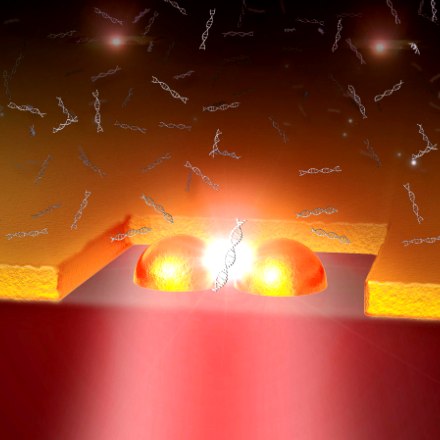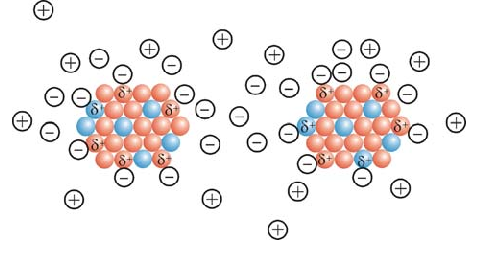(electrical nanoparticles) catalytic properties of nanoparticles (Nano Particles) Multiply power in electronic conduction
Researcher and author: Dr. ( Afshin Rashid)
Note: The properties and characteristics of nanoparticles generally depend on their type and size, and they have so many applications in various industries that it is not possible to check all of them. All the properties and characteristics that are created in nanoparticles can be explained by two factors: the increase in surface area compared to the volume and the discretization of energy levels.
By changing the size of nanoparticles, the distance between the energy levels in them changes. The smaller the size of the nanoparticles, the greater the distance between the energy levels, and the larger the size, the smaller the distance between the energy levels. This point makes it possible to adjust the distance between their energy levels by changing the size of nanoparticles in such a way that they absorb certain waves with specific frequencies. For example, the dimensions of nanoparticles of a certain type can be adjusted so that they absorb infrared, ultraviolet, radio waves, etc. A catalyst is a substance that changes the rate of a chemical reaction (increase or decrease) but does not participate in the chemical reaction itself. A factor that has a great influence on the quality and performance of catalysts is a variable called its specific area. The larger the area of a catalyst material, the better its catalytic properties. The specific surface area of a catalyst is obtained using equation 1:
This quantity is usually reported in units of square meters per gram, and its value for commercial catalysts is between 100 and 400 square meters per gram. 100 square meters per gram means that 1 gram of this substance has an area of 100 square meters.
Nanoparticles can also be used as catalysts due to their high surface area. Of course, catalytic properties also occur in certain dimensions like magnetic properties. In other words, nanoparticles usually have catalytic properties if their specific surface is between 100 and 400 square meters per gram. Therefore, among nanoparticles with a specific volume, a nanoparticle with a larger surface area shows better catalytic properties. An example of nanoparticles that act as catalysts where various substances are placed on their surface and chemical reactions are carried out. Apart from the mentioned cases, nanoparticles have many other applications in various electronic industries (transistors manufacturing) and so on. The strength of the bonds of electrical nanoparticles gives them amazing electronic properties. No previous material exhibits the extraordinary combination of mechanical, thermal and electronic properties attributed to them . However, their conductivity is what sets them apart. Electrical nanoparticles are the strongest materials that mankind has discovered so far in terms of electronic conductivity. The highest tensile strength or breaking strain for an electrical nanoparticle was up to 63 GPa, which is about 50 times more than the strongest conductors. Even the weakest types of electric nanoparticles have multiple power in electronic conduction. These properties, together with the lightness of electrical nanoparticles , give them great potential in applications such as aerospace. Electronic properties of electrical nanoparticles It is also wonderful. It has high electrical conductivity (comparable to copper). It is particularly noteworthy that electrical nanoparticles can be metallic or semiconducting , electrical nanoparticles may behave electrically like metals or semiconductors , some electrical nanoparticles have higher conductivity than copper, while others They behave more like silicon. And there are capabilities of making nano electronic devices from electrical nanoparticles .
Conclusion :
The properties and characteristics of nanoparticles generally depend on their type and size, and they have many applications in various industries that it is not possible to check all of them. All the properties and characteristics that are created in nanoparticles can be explained by two factors: the increase in surface area compared to the volume and the discretization of energy levels.
Researcher and author: Dr. ( Afshin Rashid)
Specialized doctorate in nano-microelectronics





